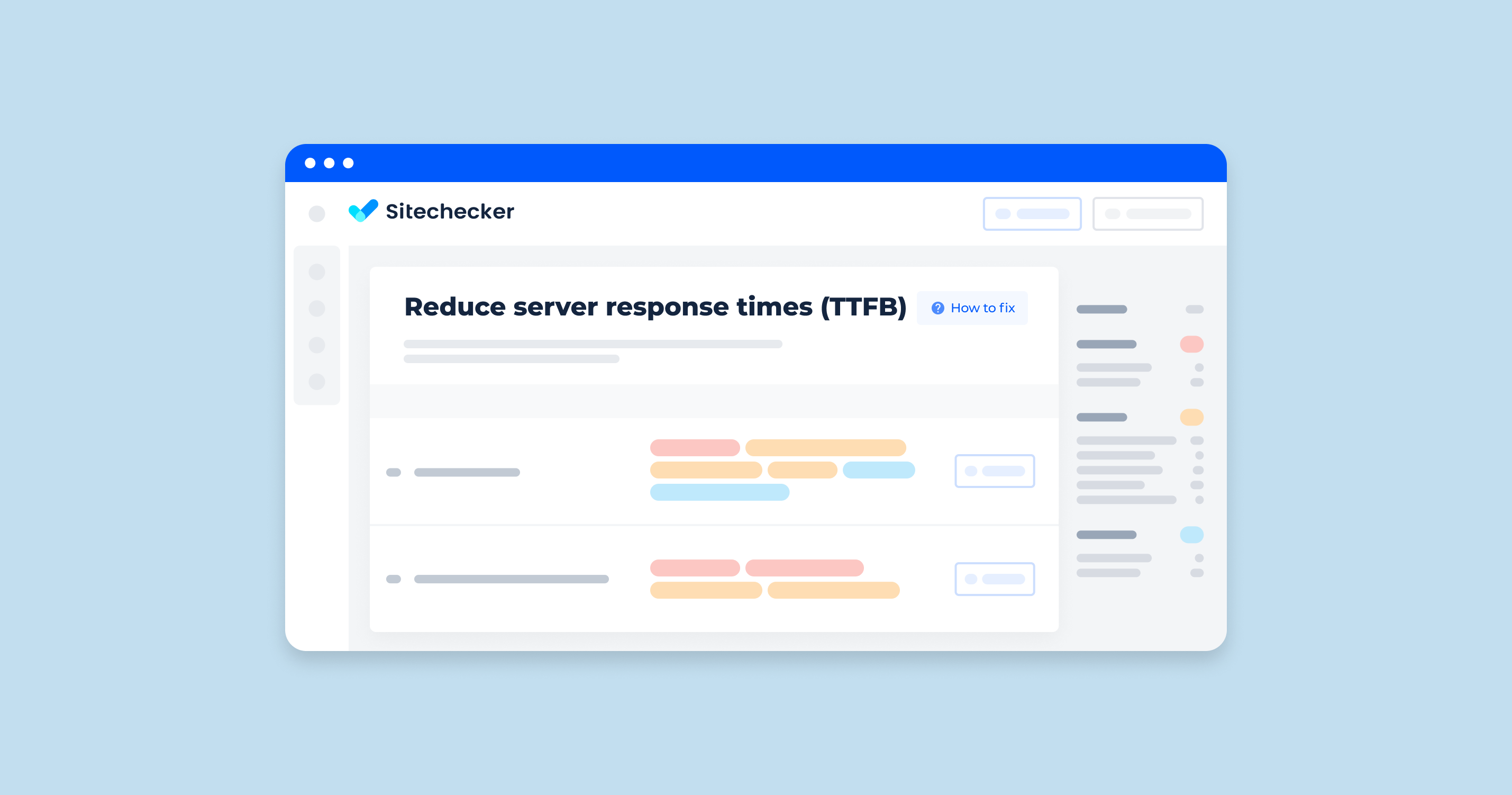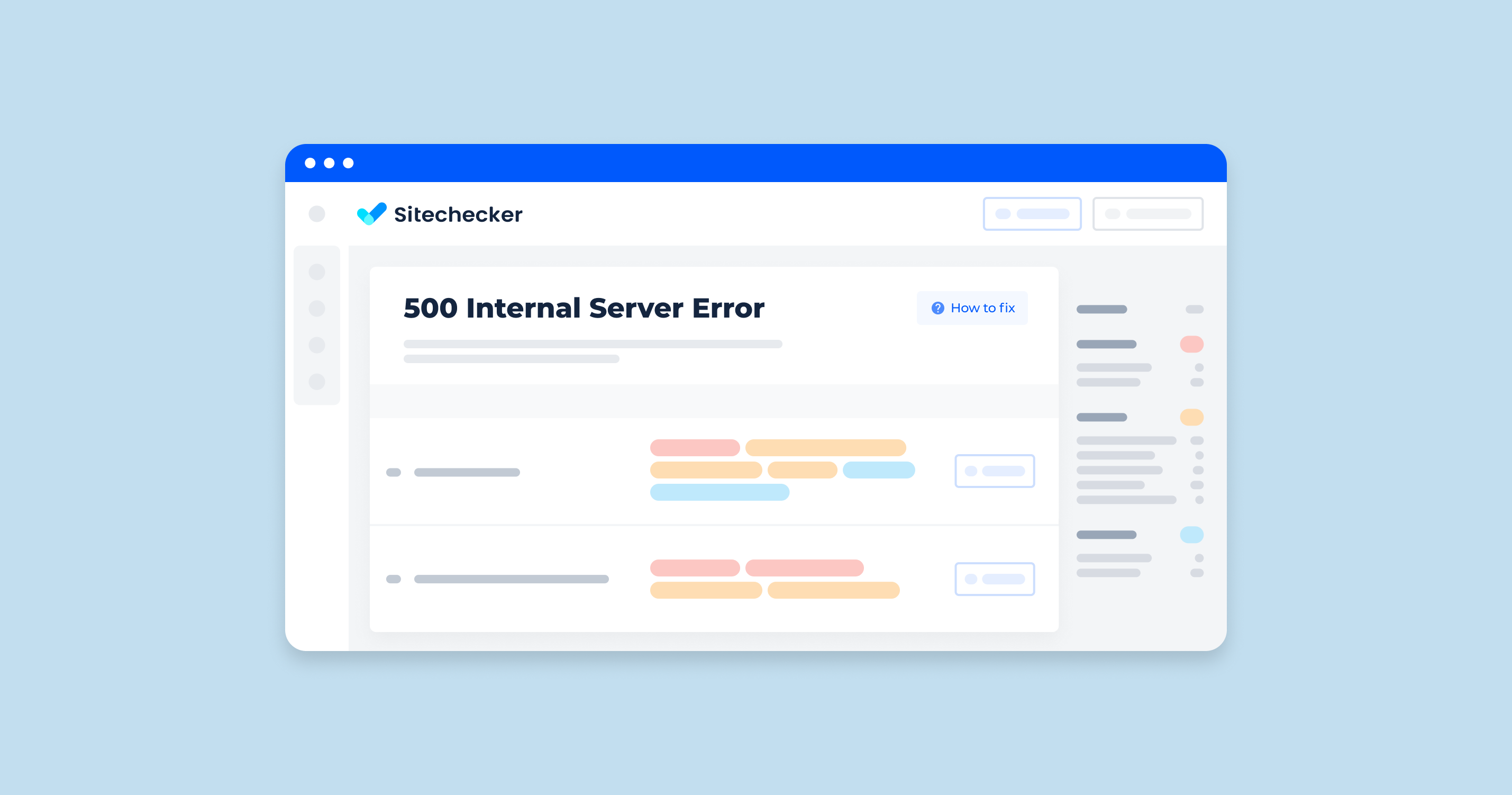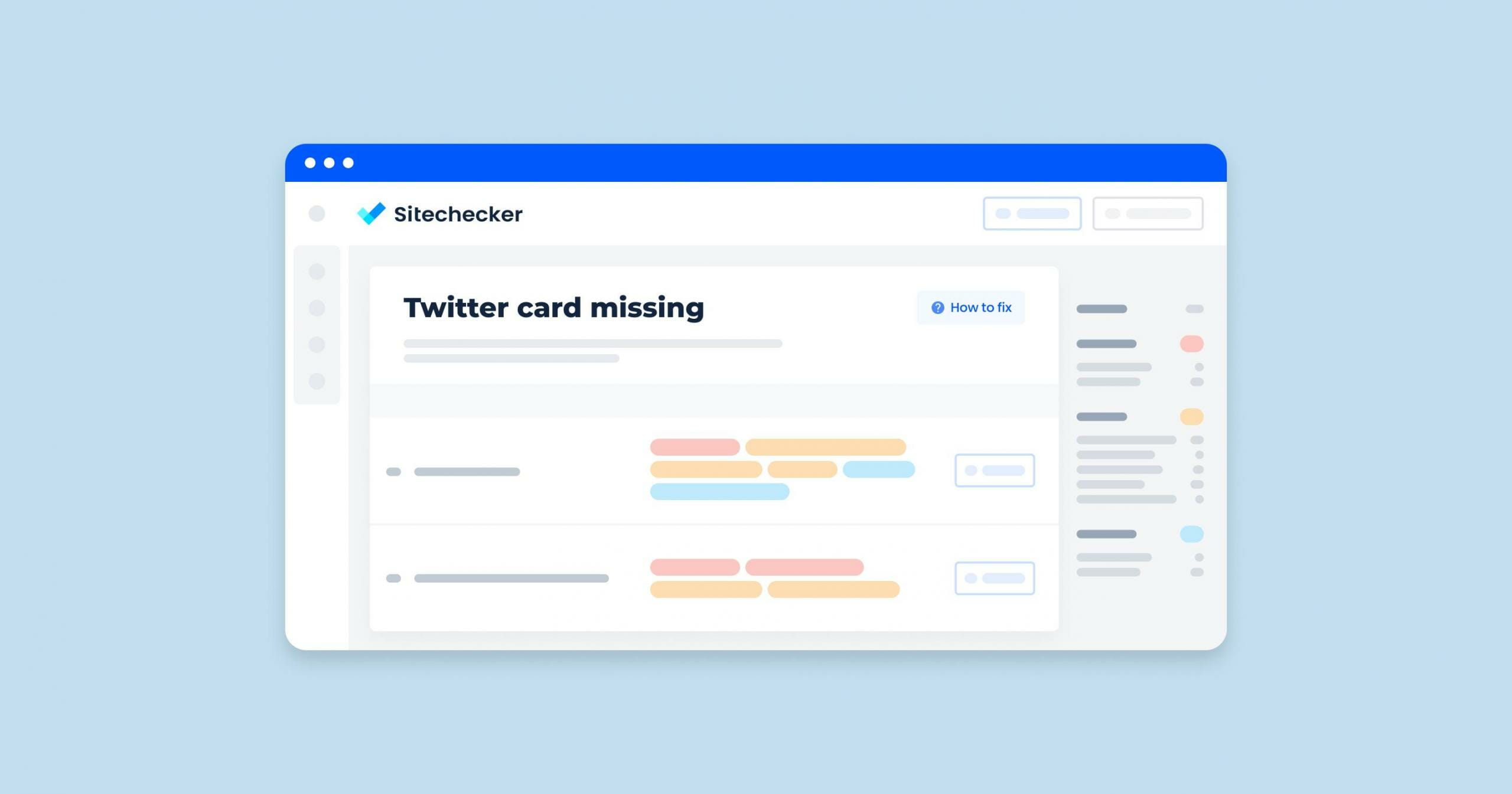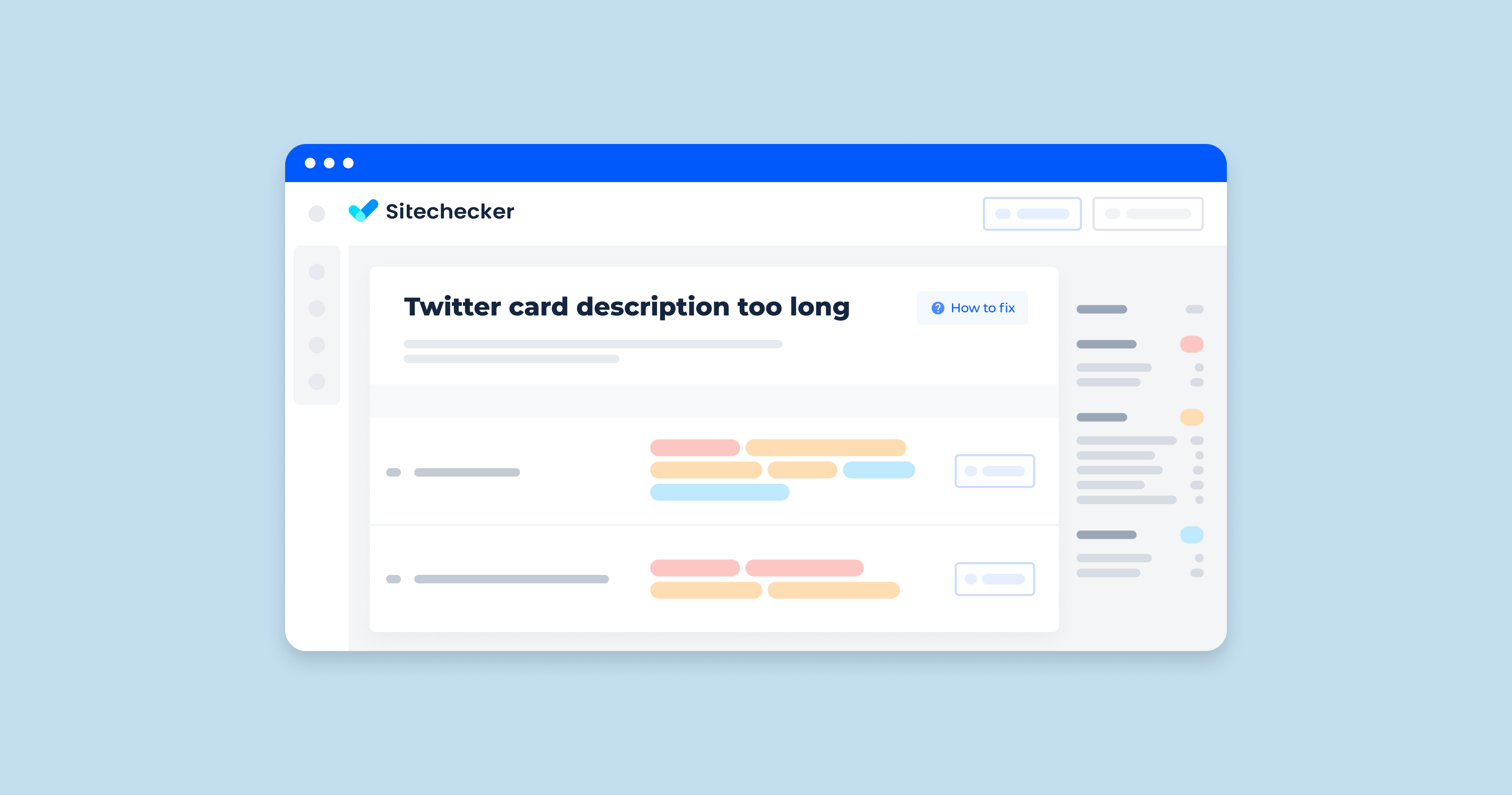Causes of a Slow Server Response Time
Slow server response times can frustrate users, leading to higher bounce rates and lower user satisfaction. Understanding the root causes of slow server response times is the first step in optimizing your website’s performance.
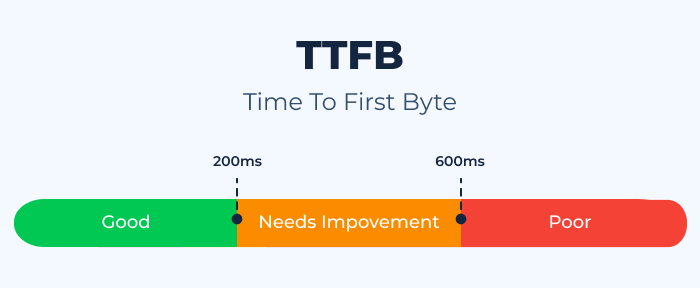
Here are several key factors that commonly contribute to delays:
| Inadequate Hosting Solutions | Opting for a hosting plan that doesn’t match your website’s needs can lead to slow response times. Shared hosting, while cost-effective, can be particularly problematic for resource-intensive sites during peak traffic times, as multiple sites vie for the same server resources. |
| Resource-Heavy Applications | Websites built with complex applications or those that use extensive databases can require more processing time, which contributes to slower server responses. This includes websites with high levels of dynamic content that cannot be easily cached. |
| Unoptimized Content | Large images, CSS, JavaScript files, and multimedia content that aren’t optimized for quick loading can increase the burden on your server. This includes unminimized files, high-resolution images not compressed for the web, and bulky frameworks or libraries. |
| Outdated Server Technology | Servers running outdated software or hardware are less efficient at processing requests. This includes using older versions of PHP, web server software, and database management systems that do not take advantage of the latest performance improvements. |
| Poor Database Management | Inefficient queries, lack of indexing, and bloated databases can slow down response times as the server takes longer to retrieve data. Regular maintenance and optimization of databases are crucial to maintaining swift server responses. |
| Configuration Issues | Misconfigured servers or web applications can lead to unnecessary processing, redirect loops, or the loading of resource-intensive features that degrade performance. Proper server and application configuration are key to ensuring optimal response times. |
| High Traffic Volume | An unexpected surge in traffic can overwhelm server resources, slowing down response times for all users. Without adequate scalability measures, such as load balancing or elastic computing resources, peak traffic periods can significantly impact performance. |
| Network Issues | Slow network connections between the user and the server or between the server and external resources (like APIs or remote databases) can increase load times. Network bottlenecks and latency play significant roles in overall response times. |
| Lack of Caching | Failing to implement effective caching strategies means that the server must repeatedly process the same requests, rather than serving cached content. Proper caching can dramatically reduce server load and response times for repeat visitors. |
| Malware or Attacks | Malicious software or targeted attacks, such as DDoS (Distributed Denial of Service), can consume server resources and bandwidth, leading to significantly slower response times. |
Identifying and addressing these causes is essential for any website owner or developer looking to improve site performance and enhance user experience. Each issue requires a specific approach, ranging from upgrading hosting plans to optimizing web content and configuring caching mechanisms effectively.
Strategies to Reduce Server Response Time
Reducing server response time is essential for improving website speed, user experience, and SEO rankings. Implementing effective strategies can significantly enhance the performance of your site. Below are practical steps and optimizations to consider:
Make Sure You Are Using Proper Hosting Service
The foundation of a fast website starts with a reliable and sufficiently powerful hosting service. Evaluate your hosting plan and provider to ensure they can meet your site’s demands, especially during peak traffic. Consider upgrading to a higher-tier plan or a different hosting model (such as VPS, dedicated, or cloud hosting) if your current setup limits your site’s performance. The right hosting service should offer not just adequate resources but also optimized configurations for your specific CMS or web applications.
Invest in a Good Bot Management Solution
Bot traffic can consume a significant portion of your server resources, slowing down response times for genuine users. Implementing a bot management solution can help identify and block malicious or unnecessary bot traffic, ensuring server resources are reserved for real users. Look for solutions that offer sophisticated detection mechanisms to differentiate between good and bad bots, preserving SEO while protecting your site.
Reduce Bloat and Resource Sizes
Optimizing the size of web resources (images, JavaScript, CSS) can decrease the load on your server, allowing it to respond more quickly to requests. Use compression tools and techniques, such as gzip compression for files and image optimization tools, to reduce file sizes without sacrificing quality. Minify CSS, JavaScript, and HTML where possible to remove unnecessary characters and comments.
Optimize Your Database
Database queries can be a bottleneck if not managed properly. Optimize your database by implementing indexing, regularly cleaning up outdated data, and optimizing queries to reduce the time it takes to fetch data. Consider using a caching mechanism to serve frequently requested data without querying the database each time.
Pre-fetching Strategies
Pre-fetching involves loading certain resources before they are needed, which can significantly reduce load times for users. Implement pre-fetching techniques for resources that users are likely to request next. This can be particularly effective in a user’s browsing session, where you anticipate their next moves based on typical user flow.
Avoid Web Fonts to Reduce Load Times
While web fonts can enhance the design of your website, they can also add to its load time. If not used carefully, web fonts can block rendering and increase the time it takes for content to become visible to users. Optimize font loading by limiting the number of font families, weights, and character sets. Consider using system fonts or ensuring that web fonts are loaded in a non-blocking manner.
Eliminate 404 Errors
404 errors can waste server resources and slow down your site. Regularly check your site for broken links and either fix or remove them. Implementing a system for monitoring and correcting 404 errors can prevent unnecessary load on your server, improving overall response time.
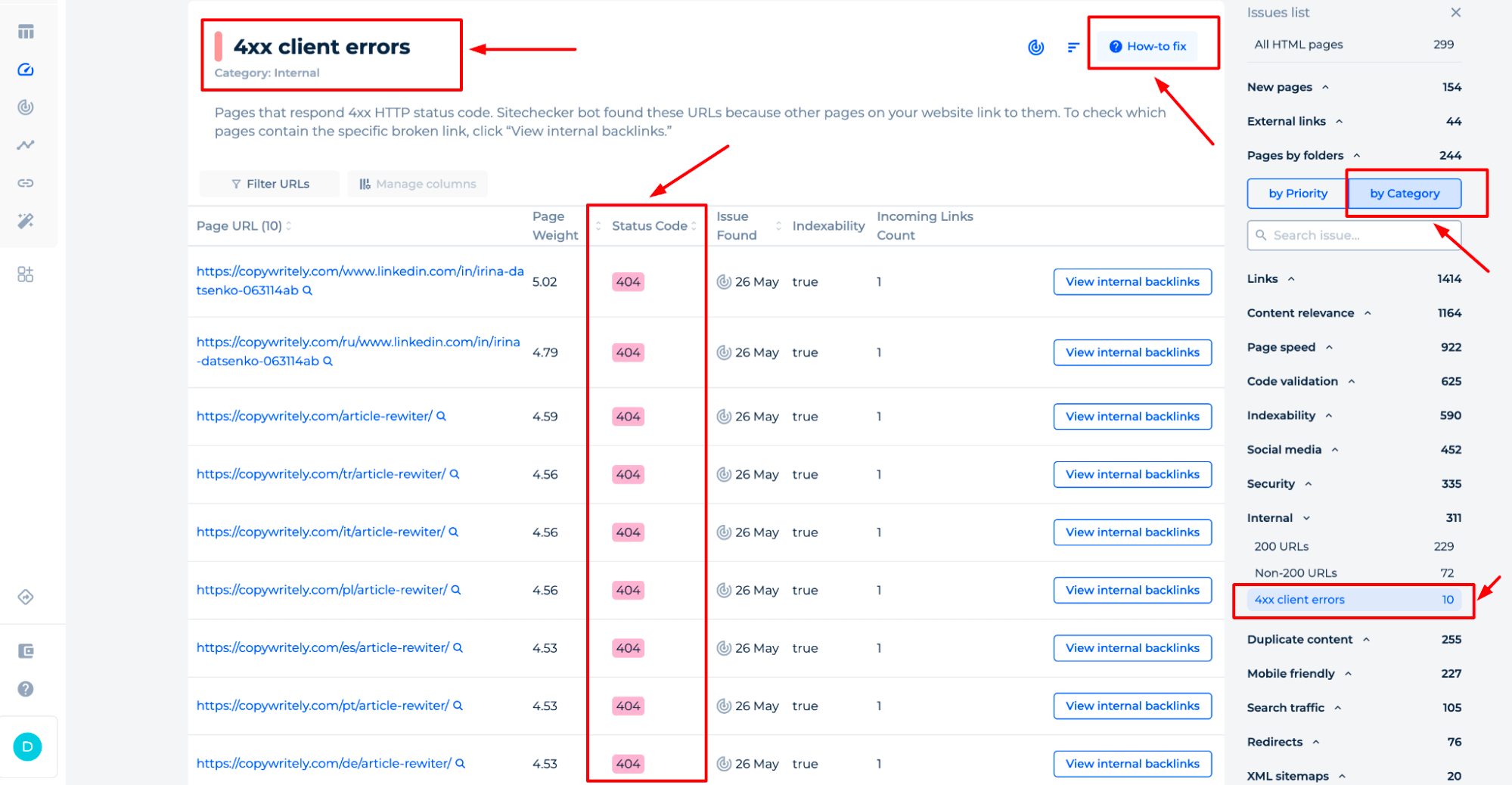
Keep Everything Updated
Software updates often include performance improvements and security patches that can enhance server response time. Regularly update your server’s operating system, web server software, CMS, and any plugins or themes to ensure you’re benefiting from the latest optimizations and features. Keeping everything updated helps in maintaining an efficient, secure, and fast-loading website.
Additional Methods for WordPress Users
WordPress users have access to a range of specific strategies that can further reduce server response times, enhancing the speed and performance of their websites. These methods leverage the flexibility and the extensive ecosystem of WordPress to optimize performance.
Upgrade Your Web Hosting
For WordPress sites, hosting plays a pivotal role in website performance. Upgrading to a managed WordPress hosting service can provide optimized server configurations specifically designed for WordPress. These services often include features like automatic caching, enhanced security, and expert WordPress support, which can significantly improve site speed and reliability.
Install a Caching Plugin
Caching is crucial for WordPress performance. By installing a caching plugin, you can significantly reduce server response times. These plugins generate static HTML pages of your content, eliminating the need for PHP files to be processed for every visit. Popular caching plugins for WordPress include WP Rocket, W3 Total Cache, and WP Super Cache. Each offers various caching mechanisms, including page caching, object caching, and browser caching.
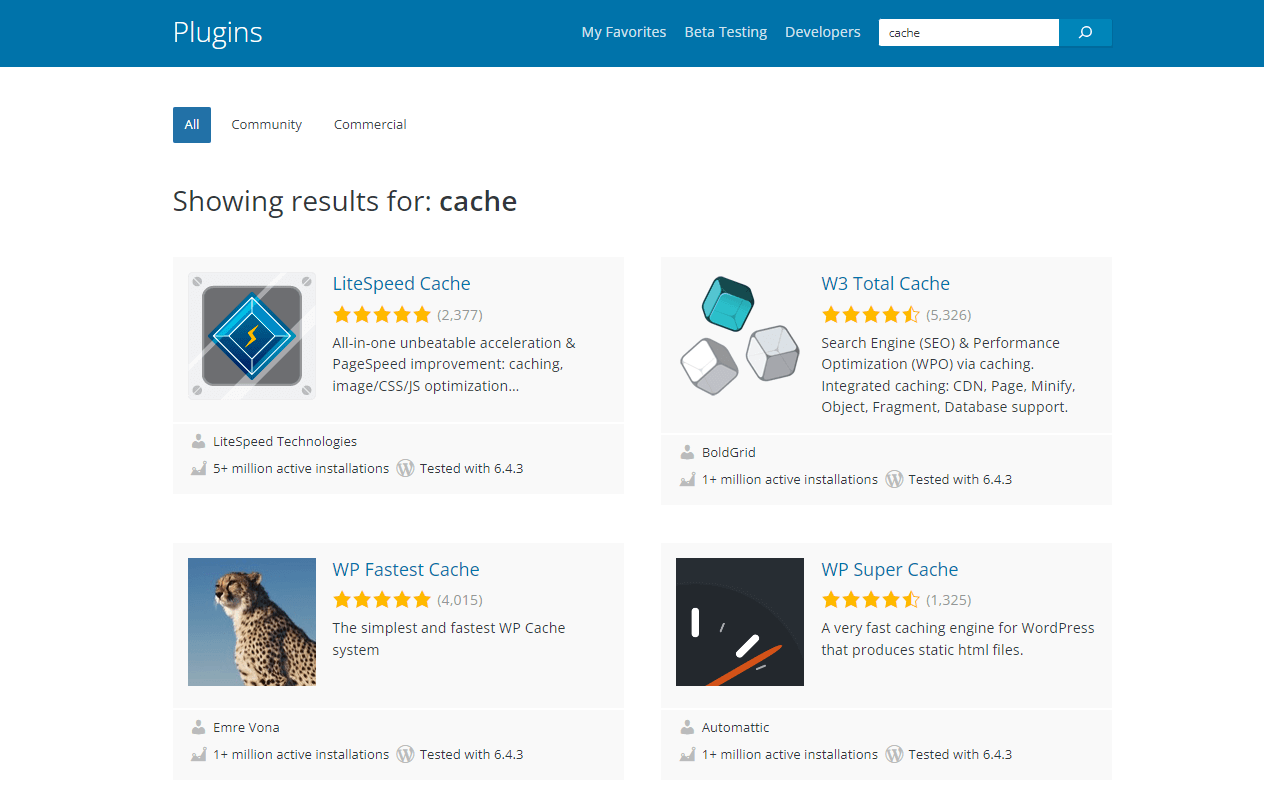
Use a Content Delivery Network (CDN)
A CDN can drastically reduce server response times by distributing your content across a network of servers worldwide. This means that users are served content from a location that is geographically closer to them, reducing load times. Many CDNs offer seamless integration with WordPress, making it easy to distribute your static content (such as images, JavaScript, and CSS) globally.
Compress Your Site Files
File compression reduces the size of your website’s files, which can significantly improve load times. Tools and plugins for images and Autoptimize for CSS and JavaScript can automatically compress files without degrading quality. Ensuring your media and code are as lightweight as possible will help decrease the burden on your server.
Update Installed Software
Keeping your WordPress core, themes, and plugins updated is critical for performance and security. Developers continuously optimize their software, so running the latest versions can lead to faster, more secure websites. Automated update features in WordPress can help manage this, but always ensure compatibility and back up your site before making significant updates.
Update Your PHP Version
WordPress is built on PHP, and the version of PHP your server uses can significantly impact performance. Newer versions of PHP are much faster and more efficient than their predecessors. Check with your hosting provider to ensure you’re using the latest supported PHP version compatible with your WordPress site.
Reduce Your Database Queries
Optimizing the way your WordPress site interacts with its database can reduce server response times. Use plugins sparingly, as each plugin can add database queries. Optimize existing queries by using transient API for frequently accessed data and regularly cleaning your database to remove unnecessary data such as post revisions, spam comments, and transient options.
Implementing these WordPress-specific strategies can lead to substantial improvements in server response time, enhancing the user experience and potentially boosting your site’s SEO performance. Each method addresses different aspects of WordPress performance, from the server level to the user experience, making them collectively effective in optimizing your website.
Conclusion
Improving server response time, specifically Time to First Byte (TTFB), is crucial for a better user experience, enhanced website performance, and higher SEO rankings. It’s essential to address factors like hosting quality, resource optimization, and efficient content delivery. For WordPress users, leveraging specific tools like caching plugins and updating PHP versions can offer additional performance benefits.
Regularly measuring response time with tools such as Google PageSpeed Insights and GTmetrix helps in identifying and rectifying performance bottlenecks. Adopting a proactive approach to optimizing server response can lead to significant gains in website speed, user satisfaction, and overall digital presence. Continuous improvement and adaptation to technological advancements are key to maintaining an optimal web performance.
